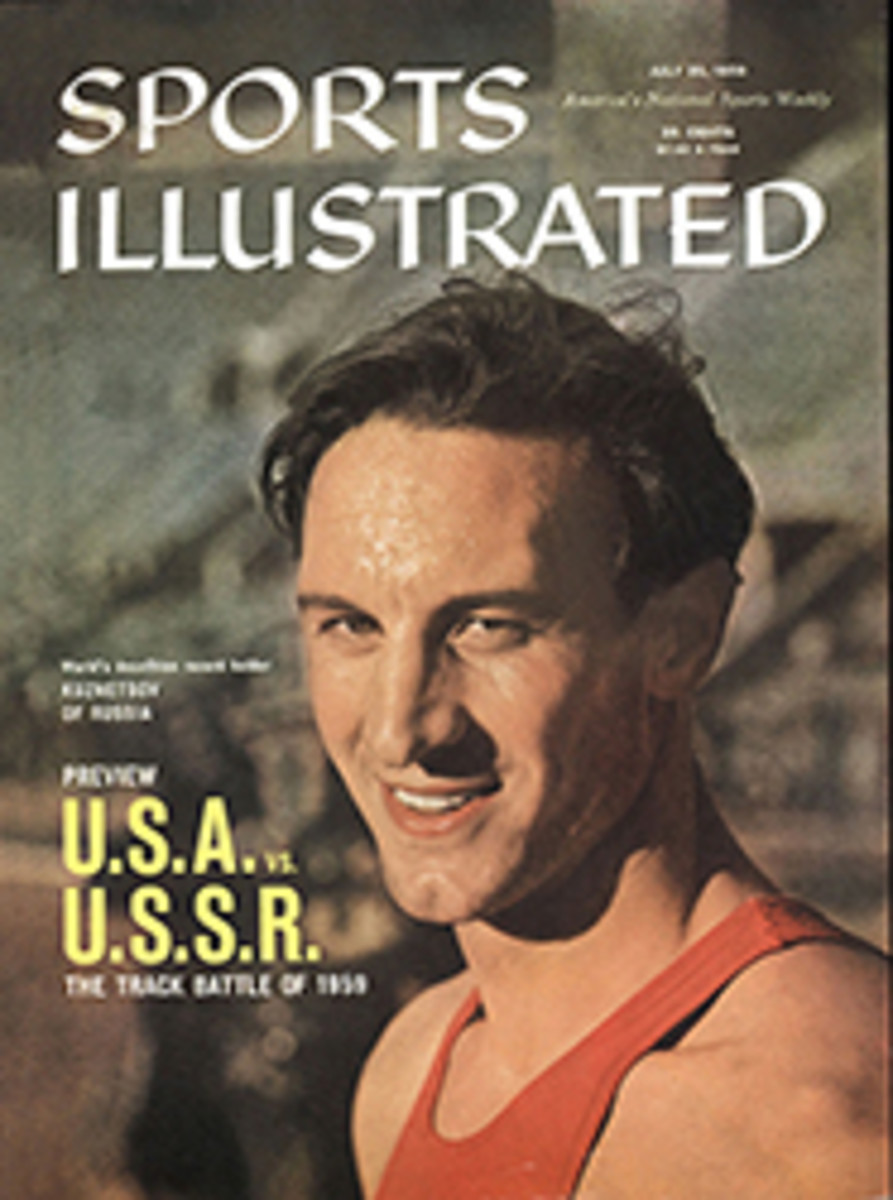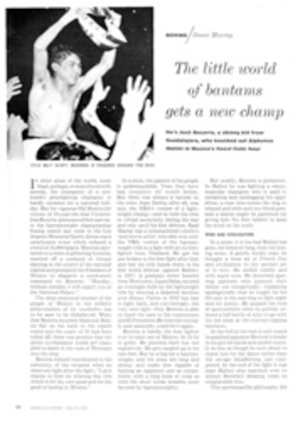
MEMO from the publisher
There is restless energy about John Groth, in his life and his art. This week you can see it in his paintings of sport among the Eskimos of the eastern arctic.
It would, for one thing, be hard to find a more widely traveled artist. Both as war correspondent and freelance wanderer he has been to the four corners of the earth. For another, it would be equally hard to find a more prolific artist. Groth's immense capacity for production comes in part from early training. At the beginning he asked a noted painter his recipe for success. "Young man," came the brushoff reply, "just make 100 drawings a day—every day." Years later Groth, whose work is now in the collections of such museums as the National Gallery in Washington and the Chicago Art Institute, told his adviser how, literally, he had followed the advice. "Lord," said the incredulous painter, "I wish I'd done it myself!"
Groth has a reporter's talent for getting into the foreground of what is going on. During World War II, for instance, he was among the first Allied correspondents to enter Paris on the day when the French capital was liberated. A little less than a year later he was suspended by SHAEF—for getting to Berlin too soon!
It's a talent which has upended him on more than one assignment, particularly in the world of sport, to which, with his love for catching and conveying movement, he has always turned for material. Sketching Notre Dame scrimmages and inevitably edging toward the action, he once played doormat for the cleats of Johnny Lujack on what Groth calls, with wry understatement, "a kind of deceptive lateral play." On another occasion the Dodgers' Cookie Lavagetto laid him flat with a line drive. And a Kentucky Thoroughbred, standing for its portrait, unceremoniously kicked him over when Groth, this time preoccupied with form rather than motion, came too close.
Groth's feeling for action combines with an exceptional ability to record it graphically—qualities which have made him a frequent contributor to SPORTS ILLUSTRATED. His friend Ernest Hemingway understood them when he wrote an introduction to one of Groth's books, Studio: Europe. Of its wartime drawings Hemingway said, "If John would have made them from any closer up front he would have had to have sat in the Krauts' laps."
ILLUSTRATION
JOHN GROTH

